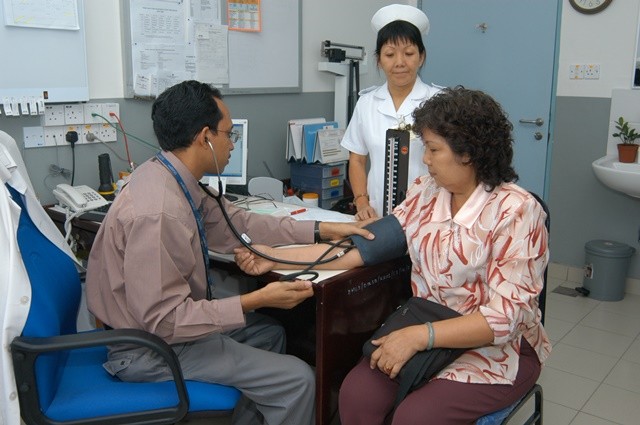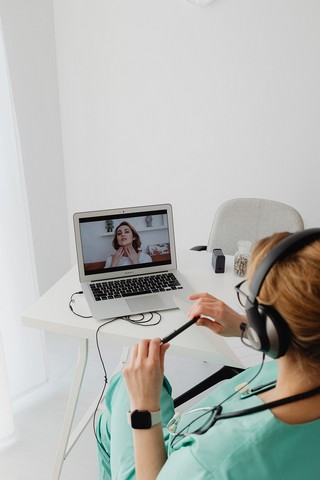As Sarawak aims to achieve the international standards in healthcare, it is important that the State needs the adaptation of the latest technology in their services.
It is undeniable that technology is an integral part of the medical profession.
From diagnosing and treating patients to managing medical records, technology has been proven to improve the standard in healthcare sector for both medical professionals and patients alike.
Accessibility and efficiency
Technology has made the healthcare sector more accessible and efficient.
For instance, it provides doctors and other medical professionals with new ways to diagnose and treat patients by using diagnostic tools like MRIs and CT scans as have helped doctors diagnose illnesses with more accuracy than ever before.
Doctors then can get a complete understanding of their patient’s medical history and make better-informed decisions about their care.
Additionally, the use of electronic health records for patients made it possible for healthcare providers to access anywhere in the world.
Advances in pharmaceuticals and medical devices have helped to improve patient outcomes and reduce the incidence of medical errors.
On efficiency, technology has help automated many tasks such as prescription refills and lab tests.
Personalised treatment
Technology has made healthcare more personalized by helping to provide tailored care specific to each individual.

This means that one no longer have to settle for a one-size-fits-all approach to one’s health as they can now work with your doctor to create a plan that’s unique to you.
Patients are now able to enjoy a more personalized healthcare experience with health tracking apps to smart devices that can monitor their heart rate and blood pressure.
Aside from that, online tools allow patients to track their own health data and communicate with their doctors online.
Better awareness and education among patients
Nowadays, patient awareness and education are imperative in healthcare.
Every healthcare organisation is adopting technologies that can not only better inform but also engage patients to improve overall healthcare experience.
In addition, technology is also an opportunity for patients to participate in care at the bedside.
Education formats, such as interactive walkthroughs, educational videos, and text reminders, give patients options through which they can consume health information and become more engaged in self-care.
Remote healthcare and telemedicine
Communities in rural areas in Sarawak have limited access to proper medical care due to remote geographical location and the lack of road infrastructure.

This is especially evident during the pandemic as many needs to travel to cities to received medical attention.
Current medical facilities in rural areas just provide basic services and it has been reported that 70.7 per cent of Sarawak hospitals do not provide laboratory services.
Thus, it is vital that rural hospitals need investment in technology so that there is no need to travel to cities and making it convenient for people to have access to medical attention.
Telemedicine, an example of technology used in healthcare sector refers to the use of technology (computers, video, phone, messaging) by a medical professional to diagnose and treat patients in remote areas.





